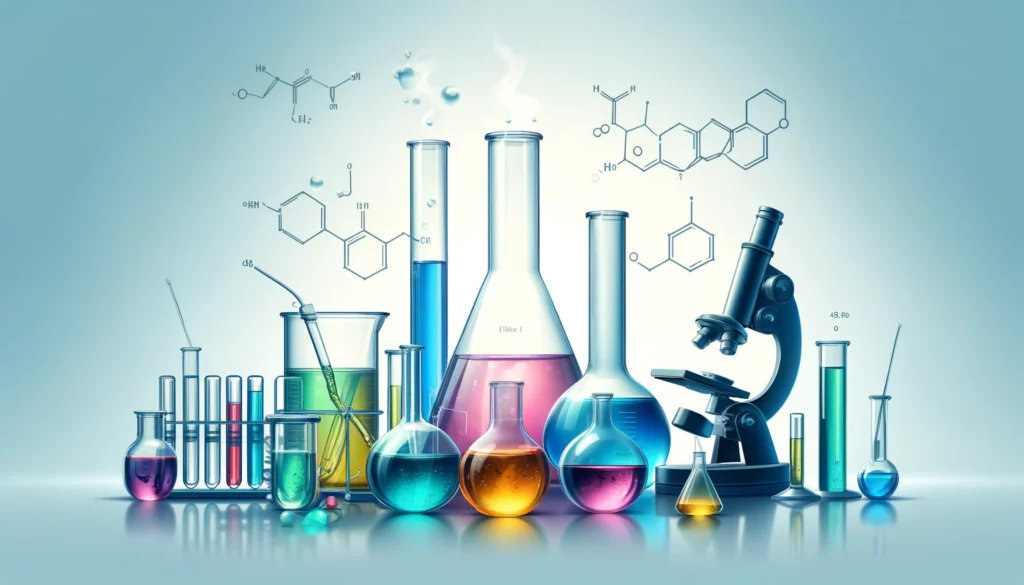In our efforts to educate and inform about the characteristics of common drugs, it’s crucial to address one of the lesser-discussed aspects: their smell. This article aims to provide a resource for parents, educators, and law enforcement to identify unknown substances based on their odor. It’s important to note, however, that smell alone is often not sufficient for definitive identification, and professional analysis should always be sought when encountering unknown drugs.
Disclaimer
The descriptions provided here are based on general observations and may not be universally applicable. Factors such as the purity of the drug, its form, and additives can alter its typical smell. Handling or testing drugs without proper safety measures is dangerous and illegal. Always contact appropriate authorities if you find a suspicious substance.
Common Drugs and What They Smell Like
Marijuana
- Before Use: A strong, distinctive herbal scent often described as skunky or earthy.
- After Use: The burning process intensifies the smell, producing a pungent, smoky odor that is more robust and can linger.
Cocaine
- Before Use: Slight chemical or medicinal smell, altered slightly by common additives like talcum powder.
- After Use: While snorted cocaine doesn’t emit a smell, smoked crack cocaine has a sharp, acrid odor, reminiscent of burning plastic.
Methamphetamine
- Before Use: Strong chemical odors similar to ammonia or acetone, indicative of its synthetic makeup.
- After Use: Smoking meth produces a potent smell likened to harsh cleaning products or burning chemicals.
Heroin
- Before Use: Often carries a vinegary odor due to the acetic acid used in its production.
- After Use: Smoking heroin releases a more noticeable acrid smell that resembles burning vinegar.
Ecstasy (MDMA)
- Before Use: Generally odorless, though it can sometimes exhibit a faint chemical aroma depending on the formulation.
- After Use: Rarely smoked; thus, no additional odor is typically produced after ingestion.
LSD
- Before Use: Odorless, making it undetectable by smell in its common forms like blotter paper or liquid.
- After Use: No change in odor as LSD is ingested, not burned or smoked.
Explaining Variability
The smell of drugs can vary significantly based on their chemical composition and the presence of cutting agents or impurities. It’s crucial to understand that these descriptions can only serve as general guidelines and should not be used as the sole method for drug identification.
Legal and Safety Considerations
Identifying and handling unknown substances can be hazardous and is often subject to legal restrictions. Always ensure safety and legality by involving law enforcement or other professionals when drug presence is suspected.
Conclusion
While the smell of drugs can sometimes offer initial clues about their identity, reliable identification should involve chemical analysis and professional expertise. For more accurate identification and handling, contact appropriate experts.
If you feel that someone you love might be struggling with an addiction to a substance, contact us at Emory Recovery today. We are here to help you and your loved one to a road of recovery.




